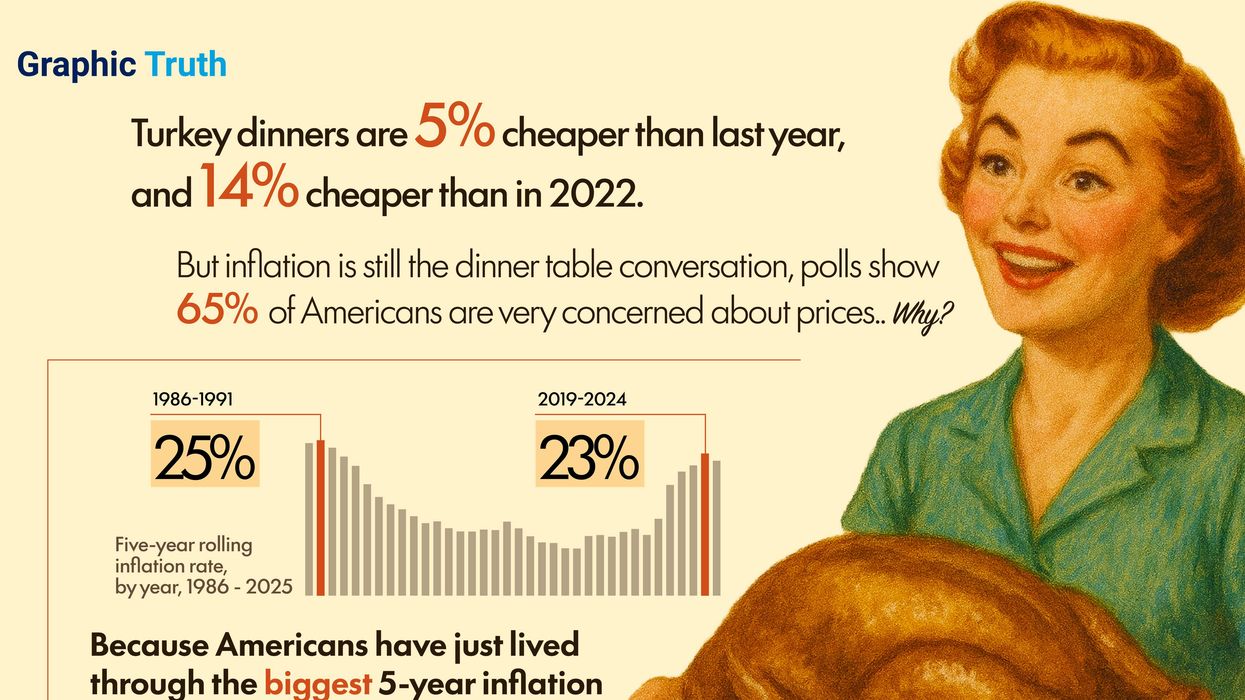40: The US and Canada are in an eddy of difficult negotiations about water use from the shared Columbia River, whose dams provide half of British Columbia’s electricity and 40% of all US hydropower. Time is running out — the 1964 treaty that governs the two countries’ use of the river expires next September.
2: Canada’s bad blood with India is now spilling into the cyber realm. The website of the Canadian Armed Forces was knocked offline for two hours on Wednesday in an operation carried out by a pro-Indian hacking group called Indian Cyber Force. The group had threatened to attack Canada just days after PM Justin Trudeau accused New Delhi of involvement in the murder of a Sikh separatist leader in British Columbia.
7 billion: Sweden’s Northvolt, a major battery supplier to Volkswagen and BMW, has chosen a site in Quebec for a new $7 billion factory that will manufacture EV batteries. The company had been scouting locations on both sides of the US-Canada border. The deal will be the largest-ever private investment in Quebec and is the latest in a slew of EV battery production deals reached with US and Asian manufacturers.
3: After reaching a last-minute strike-averting deal with Ford, Canada’s Unifor, a trade union, is now targeting the Motor City giant’s crosstown rivals at GM. Unifor wants a 3-year contract based on the one they inked with Ford, which increased worker’s wages and pensions, while also providing more support for labor during transitions to EV production. Across the border, the UAW’s unprecedented strike against all three major US automakers continues.
2.1: Canada’s emissions rose 2.1% in 2022 compared to the year before, according to data released on Thursday. While that seems like a red flag for the country’s aim of cutting 2005 emissions in half by the end of this decade, the larger picture is greener. Emissions are down more than 6% since 2005, driven largely by the power sector, where the shuttering of coal plants has halved emissions. Still, oil and gas sector emissions are up more than 20% since then, driven largely by the boom in oil sands production over the past two decades.


















